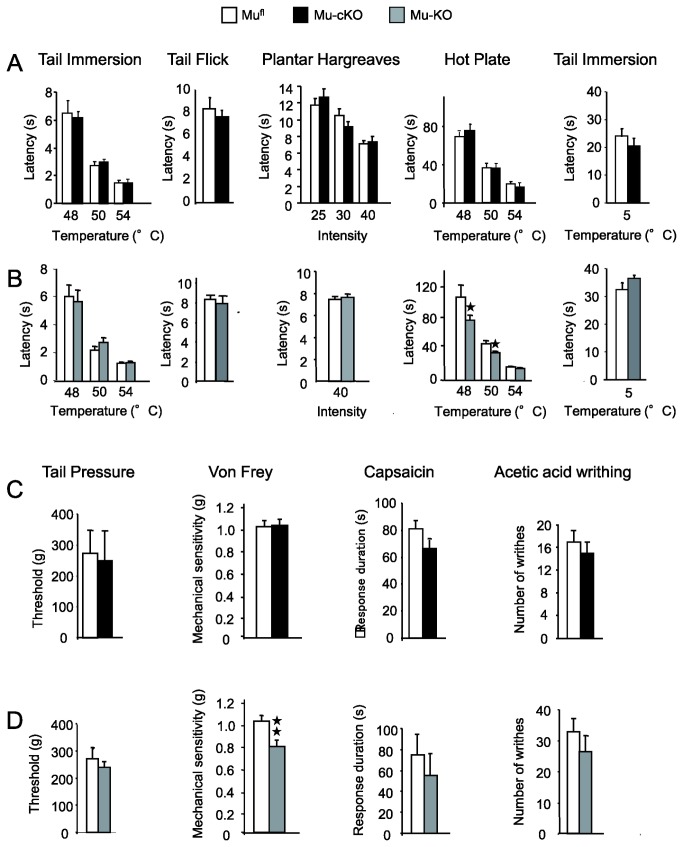Figure 3. Acute pain responses are unchanged in conditional mu-cKO mice.
(A) Acute thermal responses were similar in mu-cKO mice and mufl controls in the tail immersion test at 48, 50 and 54°C (n=15/genotype), tail flick test (n=10/genotype), Hargreaves test at three different intensities (n=10/genotype), hot plate test (48, 50 and 54°C, n=15 /genotype) and cold tail immersion test at 5°C (n=19/genotype). (B) In the experimental conditions of (A), mu receptor total knockout mice displayed higher sensitivity in the hot plate assay only (conventional KO vs WT, n =11-14/genotype, ★ P<0.05) whereas they behaved as controls for heat tail immersion (n=11-14/genotype), tail flick (n=12/genotype), Hargreaves (n=20/genotype) and cold (5°C) tail immersion (n=12-13/genotype) tests. (C) Nociceptive responses to mechanical and chemical stimuli were unchanged in the conditional mutant mice when assessed in the tail pressure (n = 8/genotype) or von Frey filaments (n = 10-13/genotype) test, nocifensive responses to capsaicin (n=10/genotype) and abdominal writhing induced by acetic acid (n=13-14/genotype). (D) In the same experimental conditions as in (C), mu receptor total knockout mice were more sensitive than control mice in the von Frey filaments test for touch perception (conventional KO vs WT, n = 33-57/genotype, ★★ P<0.01, Student t-test). Total knockout mice behaved as controls in the tail pressure test (n = 8/genotype), nocifensive responses to capsaicin (n=6/genotype) and abdominal writhing induced by acetic acid (n=4/genotype).

